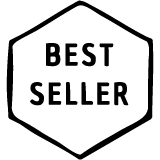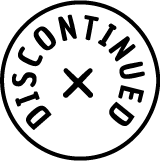If you’ve ever dealt with acne or oily skin, you’ve probably stumbled upon BHAs at some point. BHAs, or beta-hydroxy acids, are a class of mild acids commonly used in skincare products, especially those designed to treat acne. These naturally-occurring acids have been used to treat minor complexion concerns for more than 2,000 years. BHAs are effective yet gentle and are often featured in over-the-counter acne treatments, including several of our best-selling cleansers and moisturizers.
But, not everyone knows that BHAs can do a lot more than clear blackheads and banish breakouts. These naturally-derived acids are powerful exfoliants and can help address the appearance of noticeable signs of aging, including dullness. Ahead, we’ll do a deep dive into beta-hydroxy acids and their uses in skincare, plus introduce you to some of our favorite products formulated with these ingredients. Keep reading for what you should know about BHAs.
Shop The Story
First Off: What Are Beta-Hydroxy Acids?
What Do BHAs Do?
Types of Beta-Hydroxy Acids
How Should I Use BHAs?
I Arif, Tasleem. "Salicylic Acid As a Peeling Agent: A Comprehensive Review." Clinical, Cosmetic, and Investigational Dermatology vol. 8 455-61. 26 Aug. 2015, doi:10.2147/CCID.S84765
II Ganceviciene, Ruta, et al. "Skin Anti-Aging Strategies." Journal of Dermato-Endocrinology, vol.4,3 (2012): 308-19. doi:10.4161/derm.22804
III "Beta Hydroxy." Gale Encyclopedia of Alternative Medicine. 12 Aug. 2020.








